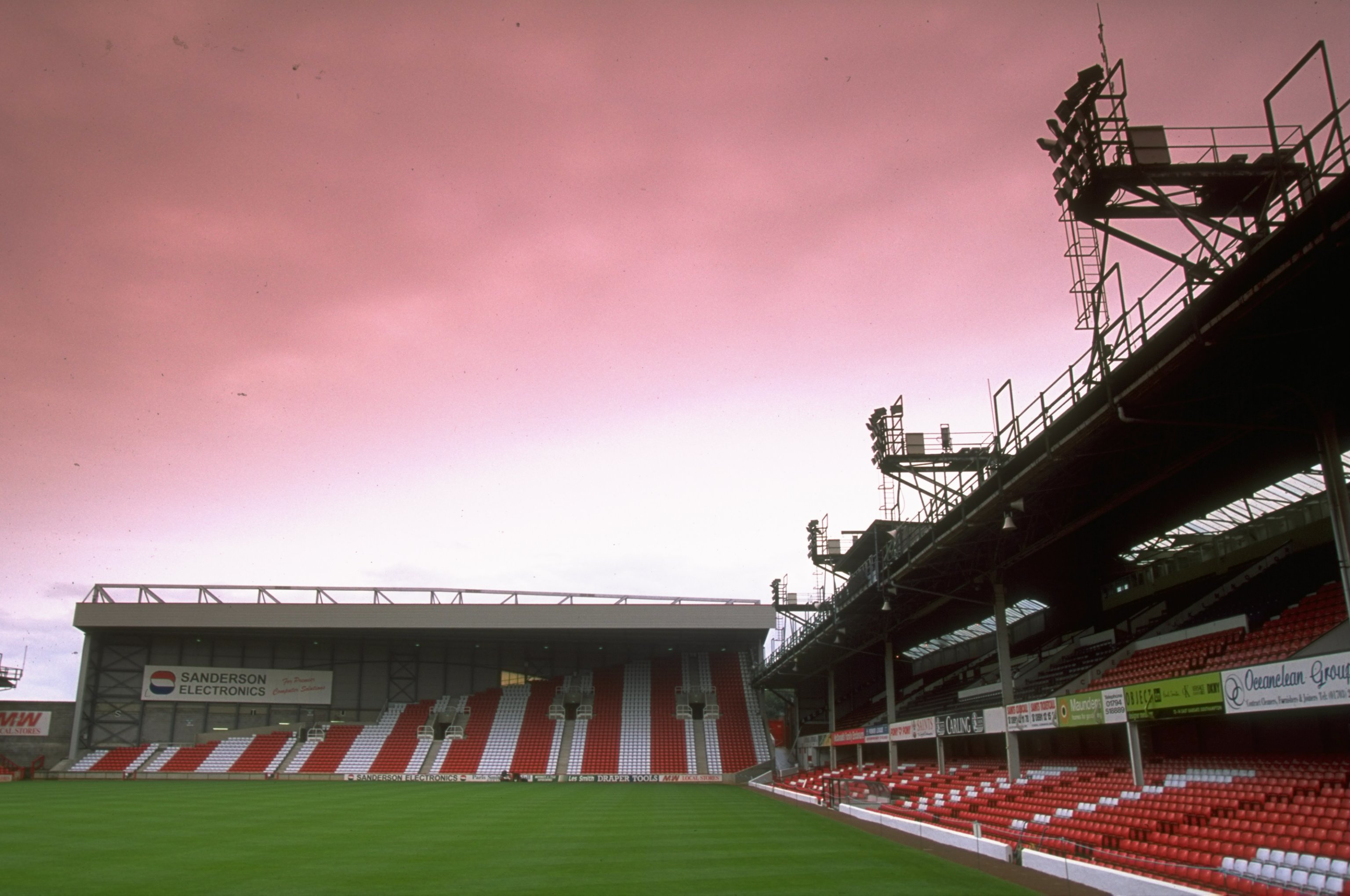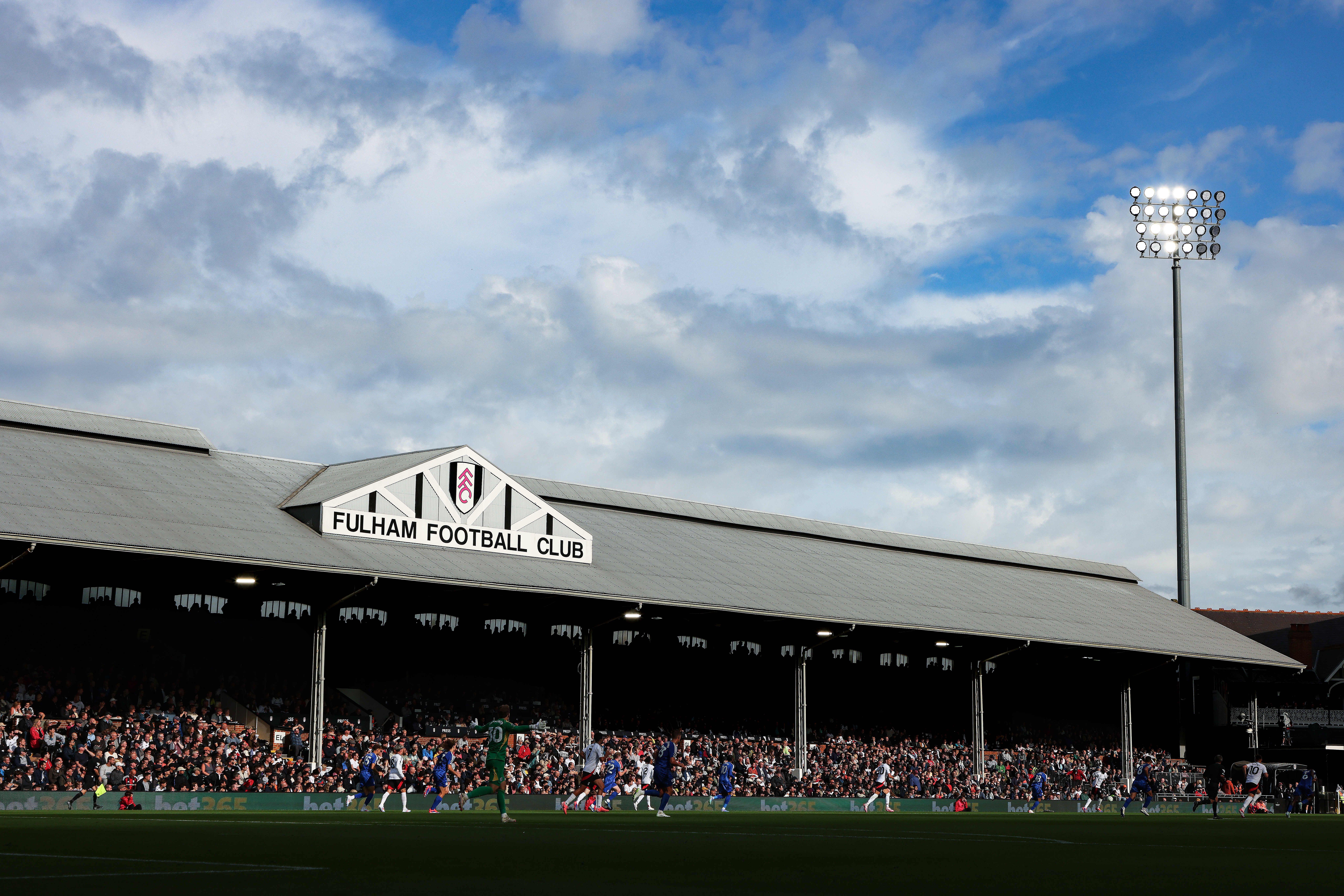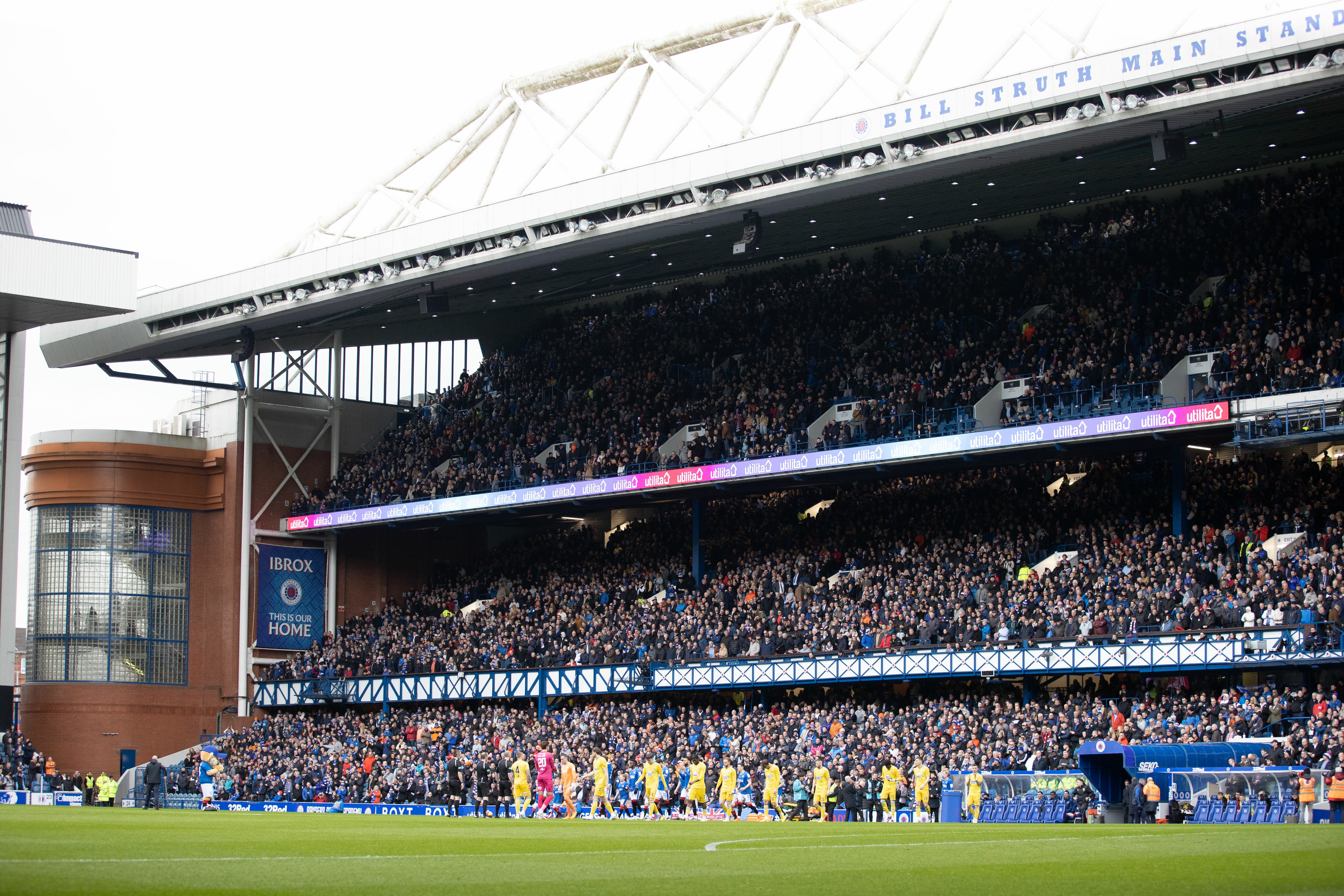
With the possible exception of the painfully identikit modern stadia, every football ground, it seems, has one side or end that’s more noteworthy than the rest.
And some stands, whether for their architecture or atmosphere – or a combination of the two – stand out (see what we did there…?) as particularly special.
We’ve picked out a selection of the most iconic from grounds past and present.
Main stand, Vicente Calderon (Atletico Madrid)

Sadly no longer there, demolished after Atletico Madrid relocated to the Estadio Metropolitano in 2017, the main stand of the Vicente Calderon was quite a sight.
Why? Well, simply for the fact that it had a dual carriageway running underneath it (a feature not present at nearly enough grounds, frankly).
Lisbon Lions Stand, Celtic Park (Celtic)

The Lisbon Lions were the iconic Celtic team who won the 1966/67 European Cup, and the stand named in their honour is the most vociferous section of Celtic Park.
Home to Celtic’s Green Brigade group of hardcore fans, the Lisbon Lions Stand’s atmosphere got even better with the addition of safe standing for the 2016/17 season.
Milton Road End, The Dell (Southampton)

Home to Southampton for more than 100 years, the Dell was an atmospheric ground located on a somewhat awkwardly shaped bit of land for a football stadium.
The close proximity of the street at the Milton Road End called for an innovative solution – and it came in the form of an almost triangular stand.
Oak Road Stand, Kenilworth Road (Luton)

When Luton were promoted to the Premier League in 2023, their away end became a bit of a meme – but there’s nothing quite like it.
Accessed through a passageway between the terraced houses which back on to Kenilworth Road, the Oak Road Stand provides a unique experience for travelling supporters.
Gallowgate End, St. James' Park (Newcastle)

Housing the most ardent contingent of Newcastle’s famously passionate fan base, the Gallowgate End is so named as it stands near the site of the city’s last gallows.
Full of flags on matchday, the Gallowgate has erupted in reaction to many a Magpies goal over the years – including a fair few by a certain Mr Shearer.
North stand, La Bombonera (Boca Juniors)

Among the world’s most distinctive and intimidating stadiums thanks to its steep-sided nature, La Bombonera has been Boca Juniors’ home ground since 1940.
On matchday, the north stand has the most feverish atmosphere of the lot, helped in no small part by the presence of the Argentine giants’ La 12 ultras group.
Johnny Haynes Stand, Craven Cottage (Fulham)

Designed by Archibald Leitch, the granddaddy of football stadium architects, the Johnny Haynes Stand is what you’ll mostly see when watching a Fulham home game on the telly.
Named after the West London club’s greatest-ever player, who captained England 22 times, the wooden-seated stand features on its roof one of the few triangular gables (oooh) left in English football.
Holte End, Villa Park (Aston Villa)

A vast, two-tiered structure, the Holte End is where the Aston Villa die-hards sit (or stand) to roar their team on.
Named after Sir Thomas Holte, who built nearby stately home Aston Hall, the Holte End’s capacity of over 13,000 makes it one of the largest stands in the English game – and its red-brick façade is the defining feature of Villa Park.
The Clock End, Highbury (Arsenal)

Arsenal’s iconic former home, Highbury was an old-school ground with several aesthetically pleasing aspects.
Among them was the Clock End, a sweeping bank behind one goal which was an open terrace before the addition of executive boxes.
As for the famous timepiece itself, introduced by legendary manager Herbert Chapman in the 1930s, that made its way with the Gunners to the Emirates Stadium.
The Shelf, White Hart Lane (Tottenham)

Running along one side of the White Hart Lane pitch, the Shelf was among the loudest and most imposing stands in England during its heyday.
A double layer of terracing with room for almost 20,000 Spurs supporters, the Shelf helped make for a seriously hostile atmosphere for visiting players and fans alike.
Curva Nord, San Siro (Inter)

Inter have shared the Stadio Giuseppe Meazza (aka San Siro) with arch-rivals Milan since 1947.
The Nerazzurri’s ultras – who emerged as Inter enjoyed great success during the 1960s – occupy the Curva Nord, bringing impressive tifo displays and plenty of pyro to one of the most iconic venues in world football.
Curva Sud, San Siro (Milan)

At the other end of the 75,000-seater San Siro, the Milan ultras generate one heck of a noise from the Curva Sud.
Another tifo- and pyro-filled zone, the stand is renowned for its explosive atmosphere – but it remained silent for multiple games in 2014 in protest at high ticket prices.
Bill Struth Stand, Ibrox (Rangers)

Perhaps the finest remaining example of Archibald Leitch stadium design, the Bill Struth Stand is the main stand at Ibrox – named in honour of 18-time title-winning Rangers boss Bill Struth.
Boasting a resplendent red-brick exterior, it also exhibits Leitch’s trademark criss-cross pattern along the wall at the front of its second tier.
Stretford End, Old Trafford (Manchester United)

Whether revelling in glory or lamenting their team’s failings, the Manchester United faithful are capable of conjuring up quite an atmosphere at Old Trafford.
And the enormous, two-tier Stretford End was integral to what made the largest club stadium in Britain one of the toughest places to go for much of the Premier League era.
The Yellow Wall, Westfalenstadion (Borussia Dortmund)

Few fan bases do tifo like that of Borussia Dortmund, whose Yellow Wall has been the scene of some truly jaw-dropping visual displays over the years.
The largest terrace in European football, Die Gelbe Wand has room for almost 25,000 scarf-holding, flag-waving Dortmund die-hards, accounting for more than a quarter of the Westfalenstadion’s total capacity.
The Kop, Anfield (Liverpool)

Bill Shankly once remarked that Anfield’s Kop could ‘suck the ball into the net’ – and before being converted to seating, the most famous stand in the world resembled a constantly surging sea of people.
Giving rise to the term kopite – nowadays used to any match-going Liverpool fan – the Kop is the focal point as the Reds faithful raise the scarves for the traditional pre-match rendition of You’ll Never Walk Alone.







